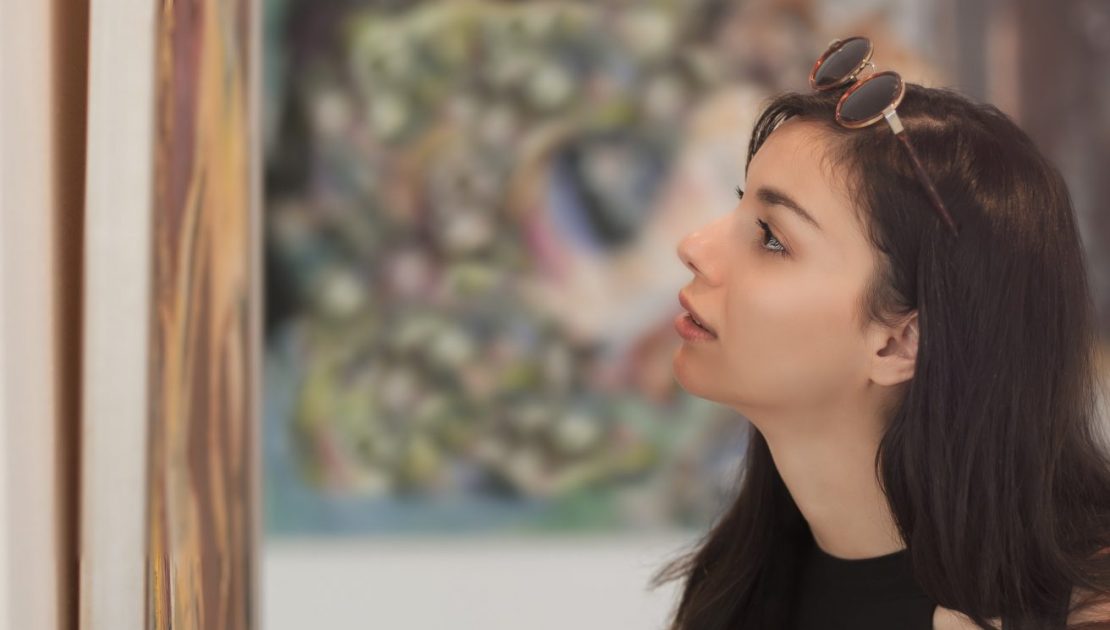Private client insurance brokers
enquiries@castleacreinsurance.comLondon: +44 (0)203 966 3614
UK: +44 1787 211 155
What To Consider Before You Invest In Art

- 7 January 2020
- Comments: 0
- Posted by: Castleacre
When it comes to investing in art, there are many things to consider before purchasing, including making sure your newest addition is correctly insured.
Purchasing art can be an exciting and hedonistic experience; whether you’re investing in your first piece, or you are an established collector there are many things to consider before buying, including making sure your newest fine art addition is correctly insured.
If you are thinking of investing in art it is important to understand what appeals to you. Visit museums and galleries and read about the artists who excite you. What art would you like to own – painting, sculpture, classical or contemporary art, maybe even a banana taped to a wall, although insuring it against being eaten as performance art could be a complication. Talk to other collectors, curators and artists too – many artists open their studios to the public and this is a great opportunity to visit a working studio and meet the artist in person. Your ideas about what you like may evolve as you do more research.
Determine your motives for collecting; is it because you simply love a particular artist or genre or are you looking to invest? Buying what you love is generally the best recommendation because you are less likely to regret it further down the line, even if the market value changes for the worse. Buying purely for investment is riskier, especially for the inexperienced. It is important to know what can affect the value of art – for example if an artist suddenly dies the value of their work can go up. Fashion or market demand for different artists and genres can fluctuate dramatically and auction records can be a good indication of the long-term investment potential.
Whether you are buying from an artist, gallery or auction it is a good idea to set yourself a budget with the flexibility to spend a little more if necessary. Most collectors regret the pieces they didn’t buy, rather than the ones they do. It is also advisable to buy the best example you can afford though be wary of going overboard until you are confident about your tastes and collection goals.
The provenance of a work of art is important (particularly in relation to investment) and there should be a well-documented path from the artist to owner, so if you are buying a new piece save emails, invoices, and receipts If you are buying a work of art which has been owned by another collector you should be able to see the full document trail, including where the work has been exhibited or sold previously and this will give you confidence that a piece is genuine.
Do think about where you are you planning to display a painting or work of art – and ask yourself if it will it work within the space? Ideally you should also think about reducing the risk of your new acquisition being damaged – for example watercolours can be dis-coloured if displayed in direct sunlight. If you are unsure about hanging or displaying art seek advice from a specialist.
Your new art collection should be properly protected, a specialist fine art insurance policy that takes in to account the value and originality of the piece. Contact us today, to see how we can help with insuring your collection
